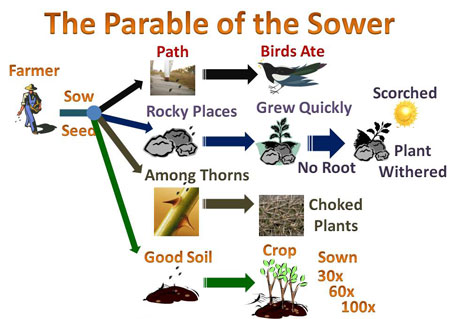I. Theme – The coming of the Holy Spirit

Window from St Aloysius’ church in Somers Town, London
The lectionary readings are here or individually:
First Reading – Acts 2:1-21
Psalm – Psalm 104:25-35, 37 Page 736, BCP
Epistle –1 Corinthians 12:3b-13
Gospel – John 20:19-23
Gospel 2 – John 7:37-39
Pentecost is a milestone in the story of salvation. It was on that day that the Holy Spirit was poured out upon the believers in an upper room in Jerusalem as they awaited the baptism Jesus told them they would receive. Jesus had promised this event just before He ascended into heaven.
"And there appeared unto them cloven tongues like as of fire, and it sat upon each of them. And they were all filled with the Holy Spirit, and began to speak with other languages, as the Spirit gave them utterance."
The symbol of fire is important for Pentecost.Fire has long represented God and the presence of his Holy Spirit. Fire consumes but is its own energy force.
That energy is around action and for the church, mission. Acts is about mission, about speaking, proclaiming, the good news to people everywhere, in languages (and language) they can understand. This is the day in which the mission of the church was given birth.
The Psalm is a hymn of praise, offered in the course of Temple worship, probably at the Autumnal harvest festival, given its theme of creation. It is a poem praising God and celebrating the order, the balance and majesty of creation reflecting upon God’s mighty power.
His creative agent is his “spirit.” Creation is continuous, continually renewed.
Paul spends chapters 12, 13 and 14 of Corinthians trying to get them to enjoy and express their gifts in ways that give strength to the community and glory to God.
Paul talks about gifts are shown through the Holy Spirit, not for personal edification but “for the common good” for building up the Church – wisdom, healing, knowledge.
There are two Gospel readings from John which take place before the Resurrection.
In John 20 Jesus breathed on his disciples and gave them the Holy Spirit as a foreshadowing of the Spirit they were to receive at Pentecost. Jesus message is that His followers need His Spirit to continue His work.There is no doubt that when John spoke about the breath of God in this way he was thinking back to the story of creation of humankind. When Jesus breathed on them and commanded them to receive the Holy Spirit he was reminding them of the creative life-force emanating from the being of God.
In John 7, there is a return to the metaphor of water. "Let anyone who is thirsty come to me, and let the one who believes in me drink. As the scripture has said, `Out of the believer’s heart shall flow rivers of living water.’" Living water is flowing water. In contrast, there can be "dead" water. Water going nowhere — stuck in a stagnant pool.
In John, "thirst" has the double meaning of literal thirst for real water and physical life; and "spiritual" thirst for a real relationship with God and eternal life.
Thus, those who come to Jesus and trust him will have floods of life flowing out of them. When he is lifted up on the cross, Jesus declared his work is finished and passes on his spirit.
Read more




 But what does “taking up the cross” mean? This is the first reference to “the cross” in Matthew, and Jesus uses it as a metaphor for the difficult work of embracing an unconventional life of intense, generous commitment to God’s mission — a willingness, as Jesus sums it up, to “lose their life” in order to “find it” (Matthew 10:39). According to this ideal picture, following Jesus means making God’s mission of love and justice the first priority in our lives, even above family and livelihood (Matthew 10:35-37; 10:9-10). It means being willing to confront and conflict with death-dealing powers, so much so that — even as genuine peacemaking remains the ultimate goal — it may well initially appear as though we “have not come to bring peace, but a sword” (Matthew 5:9; 10:34).
But what does “taking up the cross” mean? This is the first reference to “the cross” in Matthew, and Jesus uses it as a metaphor for the difficult work of embracing an unconventional life of intense, generous commitment to God’s mission — a willingness, as Jesus sums it up, to “lose their life” in order to “find it” (Matthew 10:39). According to this ideal picture, following Jesus means making God’s mission of love and justice the first priority in our lives, even above family and livelihood (Matthew 10:35-37; 10:9-10). It means being willing to confront and conflict with death-dealing powers, so much so that — even as genuine peacemaking remains the ultimate goal — it may well initially appear as though we “have not come to bring peace, but a sword” (Matthew 5:9; 10:34).

